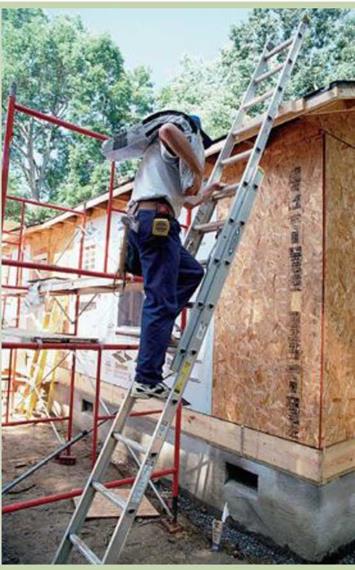Coatings Improve Performance
Energy-efficient windows were developed during the previous energy crisis. When Jimmy Carter was installing solar panels on the White House and making conservation a priority, the Department of Energy’s Lawrence Berkeley National Laboratory was charged with finding ways to conserve energy. Windows were among their targets. The insulating windows of that era allowed an inordinate amount of heat to escape. The lab’s scientists concluded that by using existing technologies to deposit a virtually invisible metal or metal-oxide coating on the glass, insulating windows could be dramatically more efficient. This coating is transparent to visible light, but blocks long – and short-wave radiation by reflecting it...
read more





 Here in the West, we try to order shingles the day before they will be installed. Suppliers arrive with a hoist and stack both shingles and felt paper directly onto the roof. An experienced delivery person knows to stack bundles of shingles about 6 ft. apart on both sides of the roof.
Here in the West, we try to order shingles the day before they will be installed. Suppliers arrive with a hoist and stack both shingles and felt paper directly onto the roof. An experienced delivery person knows to stack bundles of shingles about 6 ft. apart on both sides of the roof.